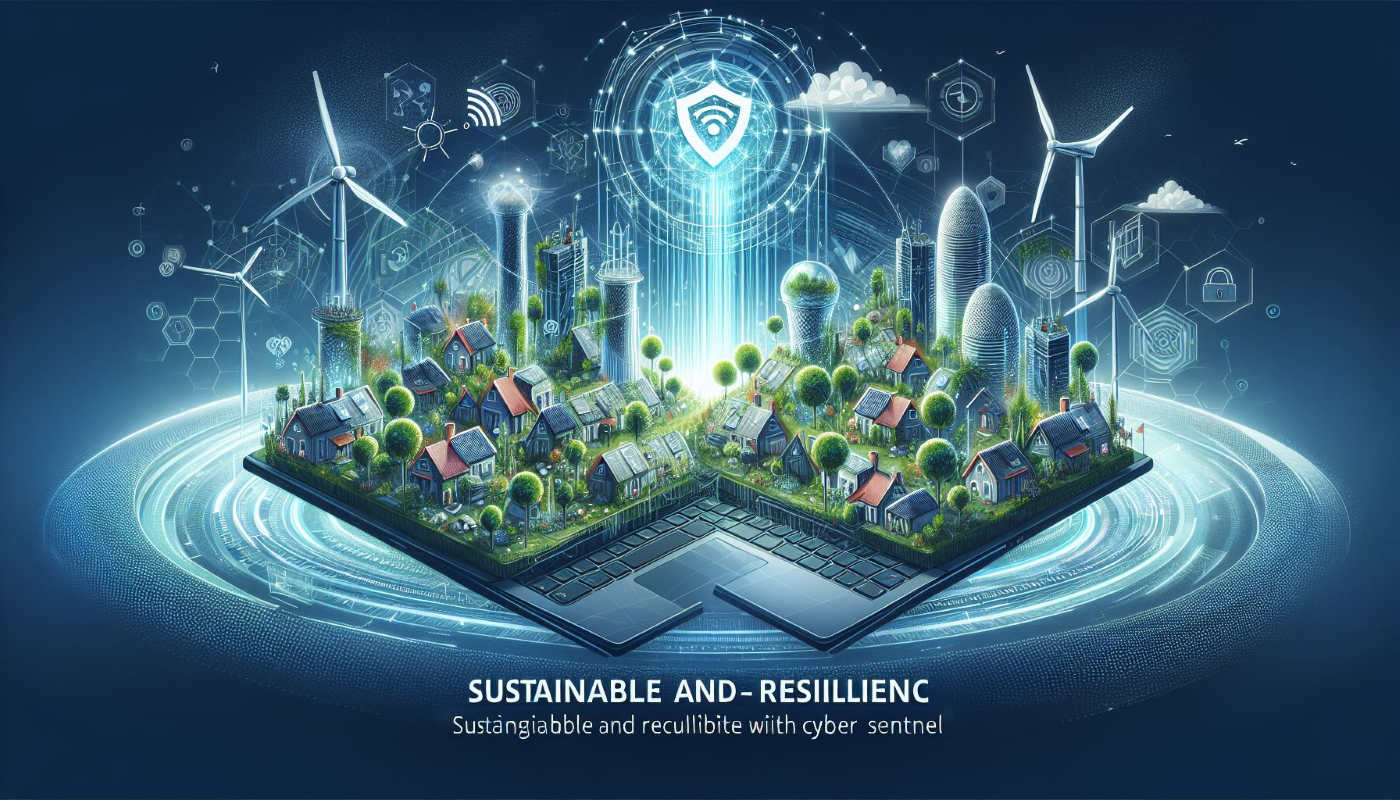Introduction
Infrastructure systems form the backbone of modern societies, providing essential services such as transportation, energy, water, and telecommunications. As our world evolves, these systems must adapt and transform to meet changing needs and challenges. This article explores case studies of successful adaptation and transformation in infrastructure systems.
Case Study 1: The Smart Grid Revolution
One of the most significant transformations in infrastructure systems is the shift from traditional power grids to smart grids. Smart grids use digital technology to monitor and manage electricity flow, improving efficiency and reliability. They can adapt to changes in electricity demand and supply, and even self-heal by isolating and fixing faults automatically.
Key Takeaway: The smart grid revolution highlights the power of digital technology in transforming infrastructure systems. It shows how systems can become more responsive and resilient through innovation.
Case Study 2: Intelligent Transportation Systems
Intelligent Transportation Systems (ITS) have transformed the way we manage and use transportation infrastructure. ITS uses information and communication technologies to improve traffic flow, enhance safety, and reduce environmental impact. It includes everything from traffic prediction and adaptive traffic signal control to real-time driver information systems.
Key Takeaway: The ITS case study demonstrates how advanced technologies can make infrastructure systems more efficient and user-friendly. It underscores the importance of data in managing complex systems.
Case Study 3: Green Infrastructure for Stormwater Management
Cities around the world are increasingly turning to green infrastructure to manage stormwater. This involves using natural processes to slow, store, and clean stormwater, reducing flooding and pollution. Examples include green roofs, rain gardens, and permeable pavements.
Key Takeaway: The move towards green infrastructure shows how we can work with nature to solve infrastructure challenges. It highlights the potential for infrastructure systems to provide multiple benefits, including improved water management and enhanced urban green space.
Conclusion
These case studies illustrate the diverse ways in which infrastructure systems can adapt and transform to meet changing needs and challenges. They highlight the role of technology, data, and nature-based solutions in driving these transformations. As we look to the future, these examples provide valuable lessons in resilience, innovation, and sustainability.
We invite you to share your thoughts and perspectives on this topic. Your insights can contribute to a broader understanding of the strategies for making infrastructure systems agile and flexible.
